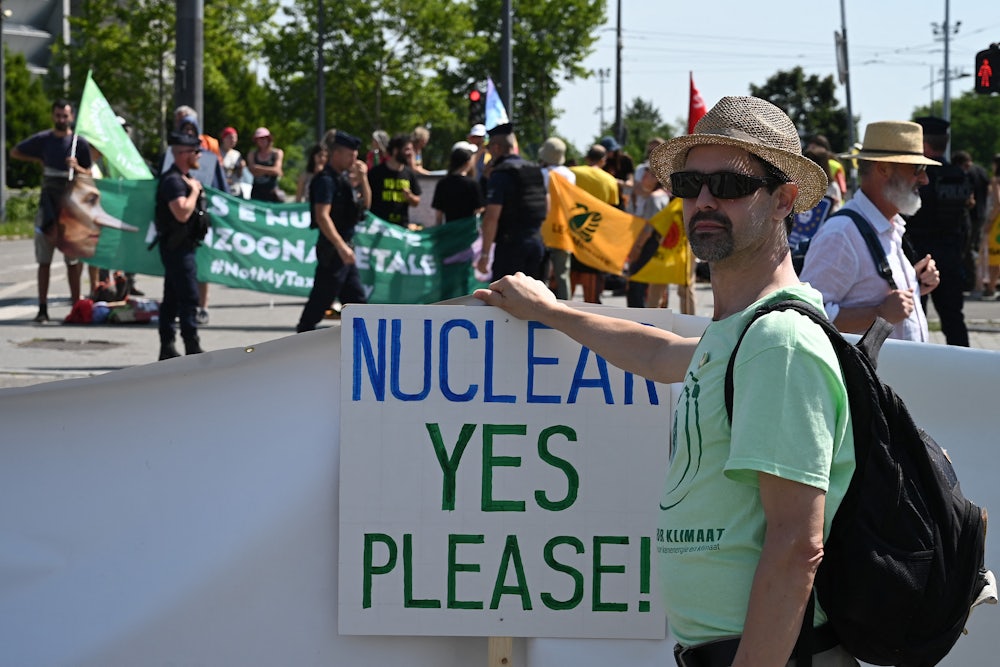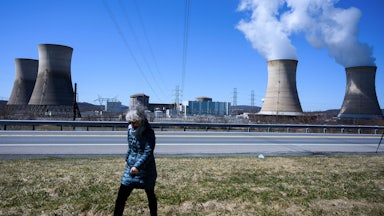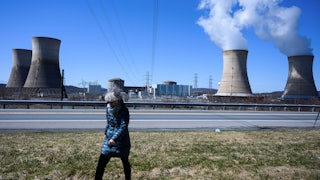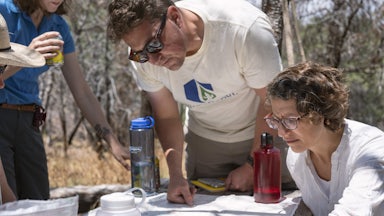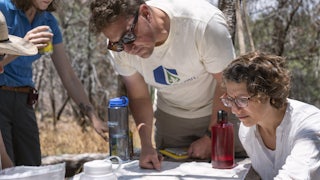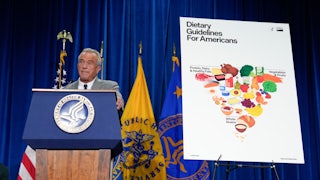Last week, environmentalists reacted with concern to news that Germany, with the backing of the Green members of its coalition government, has decided to go ahead with a plan to close its remaining nuclear reactors. The Bundestag voted to reopen several coal-powered plants instead of prolonging nuclear power to replace the recently reduced supply of Russian gas.
The discourse around the news highlighted a profound transformation that’s been occurring quietly over the last few decades: At one point, most environmentalists would have agreed with the German government’s decision to close nuclear plants. Not anymore. Now we’re terrified because we fear the climate crisis far more.
When I was growing up in the 1970s and 1980s, the left viewed
nuclear power as an unending source of horror. European environmentalists began
crusading against it in the early ’70s. In the United States, the 1979
meltdown of the Three Mile Island reactor in Londonderry Township, Pennsylvania, was a national trauma that dominated the discourse; the effects of the
radioactive iodine and gases on the environment and surrounding communities
were a matter of intense public concern. The risks of nuclear power were
further dramatized by Silkwood, a 1983 drama starring Meryl Streep based on
the real-life story of Karen Silkwood, a whistleblower who worked in a nuclear
plant and publicly exposed management’s indifference to worker safety there. In
1986, an awful accident at Chernobyl, in Ukraine—the worst disaster at any
nuclear plant in history—fueled the anti-nuclear movement even more. People
wore buttons with slogans like “Mutants
for Nuclear Power” and “Stop
Nuclear Power Before it Stops You.” Opposing the Seabrook nuclear plant in
New Hampshire in 1977, one protester’s sign bore another classic slogan that I
also remember well: “Better
Active Today Than Radioactive Tomorrow.”
The German government’s odd preference for carbon-intensive fossil fuels over nuclear energy, too, has some precedent; a goofy John Hall song called “Power” (admittedly performed beautifully at the famous 1979 No Nukes concert by an all-star lineup, including Carly Simon) condemned nuclear energy as “atomic poison power.” Instead, the song advocated for not just solar and hydropower, but also “the comforting glow” of wood fires, as well as fossil fuels—euphemistically referred to as “the spirit of living things as they return to clay.”
The fear of nuclear energy also developed out of a specific historical period in which Americans feared nuclear weapons and nuclear war even more than we do now: the Cold War nuclear arms race between the U.S. and the Soviet Union. Many of the same groups that campaigned for nuclear disarmament also worked to stop nuclear energy after Three Mile Island.
Many of us, growing up, believed we would see a nuclear holocaust in our lifetime. We lay in bed at night worrying about it, and it was almost a relief when the apocalyptic 1983 film The Day After aired on national television and everyone began talking about the problem openly. Images of the mushroom cloud were everywhere. I remember a ubiquitous—and in retrospect peculiar—bumper sticker that read, “You can’t hug a child with nuclear arms.” The clumsy play on words contained a a poignant message: the impossibility of nurturing life in the death-drive culture represented by all things nuclear.
Today, that death drive culture still feels like it’s hurtling toward apocalypse, but the engine of destruction is different. We have solid, scientific reason to believe that while nuclear war would still be a mass extinction catastrophe—thus nuclear disarmament still an important long-term goal—the climate crisis is far more of a current and future threat to life on earth than nuclear energy is likely to be.
There were very real safety problems with nuclear power plants. But the plants are much safer than they used to be, due to better technology and improved procedures. Even considering the problems in the past, the climate crisis has already had a far more devastating impact on life on this planet. The Chernobyl accident may have killed fewer than 50 people; the famously harrowing Fukushima accident in 2011 had no casualties; and only three people have died because of a radiation leak at a U.S. nuclear plant (and that was in 1961). The climate crisis has already killed off far more animal species, caused much more death and disease among humans, and wreaked far more havoc on our economies and everyday lives around the world. A 2013 study found that when substituted for fossil fuel energy, the use of nuclear power had prevented more than 1.8 million deaths from air pollution, and because of the carbon emission it avoids had the potential to prevent some seven million more deaths by midcentury.
Though my prior self would have been stunned to hear it, it’s now reasonable to view nuclear power as one possible exit ramp from our current road to devastation. That has partly to do with nuclear energy becoming safer, of course, but probably even more to do with the mounting evidence that fossil fuels are vastly more deadly than prior generations appreciated. Nuclear energy also has something else to recommend it as a substitute for oil and gas: Compared to wind and solar, nuclear energy jobs are more unionized and better compensated. That’s both an ethical and a political plus, since loss of solid union jobs is one of the worries among voters who don’t yet support an energy transition.
Among children of the ’70s and ’80s, I’m not alone in feeling that nuclear power no longer deserves the scorn and hatred that we once heaped upon it. Even some of the most outspoken ’70s-generation foes of nuclear energy have changed their minds, convinced (as I am) that nuclear energy has gotten safer and that we can’t address the climate crisis without using every possible alternative to fossil fuels. Nuclear energy is uncontroversial within the Biden administration and among centrist Democrats generally. Last month Dianne Feinstein wrote an op-ed for The Sacramento Bee on keeping a major California nuclear power plant open, titled “Why I Changed My Mind About California’s Diablo Canyon Nuclear Plant.”
Centrists aren’t the only ones making peace with nuclear energy. Those further to the left are coming around, too. In an article—and development—that did not get as much attention as it deserved, Patrick Cockburn wrote early this year in Harper’s magazine on Green New Deal champion Alexandria Ocasio-Cortez’s evolution toward cautious support of nuclear energy. Cockburn also reported that although there are still environmentalists who virulently oppose all nuclear power, the youthful Sunrise movement, foregrounding the climate crisis, has been moving toward a more nuanced approach to the issue.
Of course, building more nuclear plants can’t be the only solution to the challenge of meeting climate goals. After all, radiation in the environment isn’t a trivial concern, and as for climate deadlines, new plants take years to construct. Solar, wind, and other energy sources can come online more quickly and are probably even safer for the surrounding communities.
But closing existing plants that are operating safely is pure folly and will make it much harder to stop the planet’s dangerous warming. The German Greens, their party founded in 1980 at the height of the anti-nuclear movement, seem out of sync with today’s realities. While we should probably never—to paraphrase the classic nuclear war movie Dr. Strangelove—stop worrying and learn to love nuclear power, we’re way past the point where anyone should be considering coal a safer alternative.
